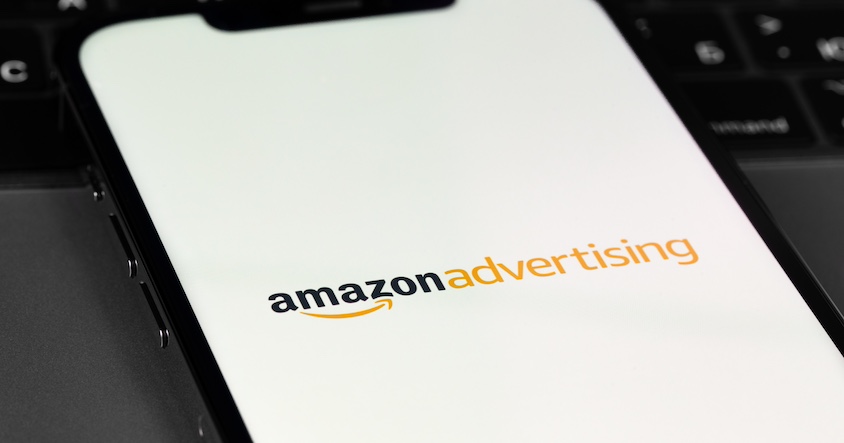Amazon PPC Dayparting: Are You Using it yet?

Dayparting is one of the super-hot topics of the moment in Amazon PPC. In theory, it makes Amazon Ads much more effective by simply allowing sellers to activate and deactivate their campaigns at some specific hours of the day. Unfortunately, in practice, it is not that easy and many sellers are reluctant to use this Amazon Ads option.
Commonly, there are times in a day when your products do not get as many orders simply because your audience is busy doing something other than scrolling down on Amazon. And you might wonder if, by some miracle during the day, you could only bid when your audience is “mouse in hand” and ready to click on your ads. Well, now you can use Dayparting to turn on and off campaigns every hour so that you can optimally schedule bids. If done right, we are adamant that sellers should take advantage of dayparting to hone their PPC strategies. However, as of today, it is nearly impossible to do it accurately, with the help of machine learning, since Amazon does not provide the necessary, hourly data.

#1 Amazon Provides Daily Data by Default
The data we currently get from Amazon, either from seller central or reports, are at best daily. Hence, it is impossible to obtain predictions about the correct bid per hour.
To push the optimization, you would need to know:
- Your performance per hour
- Your conversion rate per hour
So as to obtain:
- Your total number of sales for each hour of the day
- And their associated costs for each hour of the day
Ultimately, with this information, you could compute the necessary, hourly bids and cost per click.
#2 Amazon Hourly Data Is Not Granular
However, the only per hour data available is your total sales or revenue per hour with which it is impossible to know if that revenue was generated organically or through sponsored ads. Subsequently, the thing is, even if you have suspicions about an optimal hour to turn on or off your campaigns, it is impossible to verify it and to be 100% sure that it is the right hour for you.
#3 Beware of Intuition
Additionally, intuition can also be misleading. For example, if you feel that a particular hour can be super profitable, other sellers are likely to also have the same hunch. Therefore the competition for this specific hour might be fierce. Eventually, even though your intuition is right about the vast traffic and great potential for sales, your pay per click will be more expensive during this hour. Thus, depending on several factors such as budget and products, it might be more profitable to distance yourself from intuitions and avoid those costly peak hours.
As a general tip for beginner and even intermediate sellers, we urge you to think twice before using dayparting yourself without specialised software. Estimating your performance per hour is not an easy task; it requires skills and time. Skills and time you should probably be using on developing the right campaign for your product.
#4 How to Handle a Limited Budget With Dayparting?
A seller with a limited budget is the perfect way to illustrate how risky dayparting is. He might believe that since his budget is limited, he should not be spending it during the entire day but, instead, go all-in for a few hours. However, this means that he will not filter between cheap, average and expensive sales during those hours.
We propose an alternative solution to your limited budget:
- Concentrate on cheap sales by bidding less aggressively during peak hours
- And reciprocally focus on expensive ones during cool down hours
In return, this will provide you with two things:
- First, some leftover budget to display and push your products during the rest of the day
- And second, an overall lower Advertising Cost of Sales
Final Thoughts:
All in all, dayparting is a potent tool that allows sellers to turn on and off ad campaigns during certain hours of the day. Theoretically, it should help sellers to turn their Amazon Ads into a much more effective promoting tool.
However, at this stage, Amazon doesn’t provide access to the necessary data to evaluate each hour’s performance and eventually implement the right hourly PPC strategies. So we believe that dayparting is more than just an ad scheduling tool but a ground-breaking feature to add to machine learning prediction models. And this can also avoid the pitfall of “hourly intuitions”. At m19, as soon as the data will be available for use in the API, we will inject it into our algorithms to automatically adjust the campaign structure every hour, instead of once a day.






